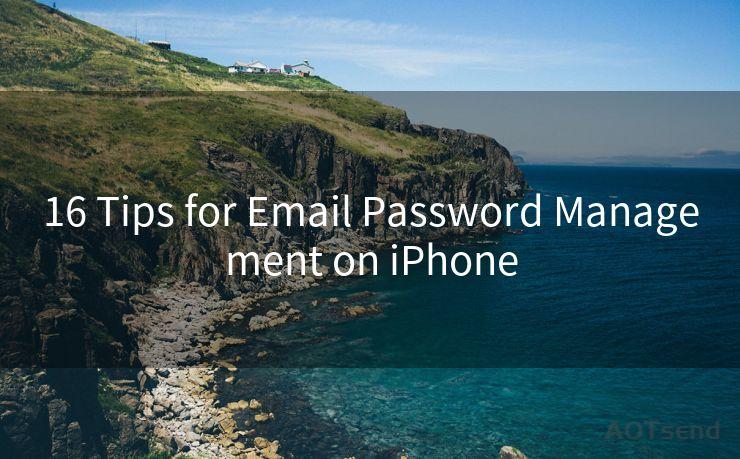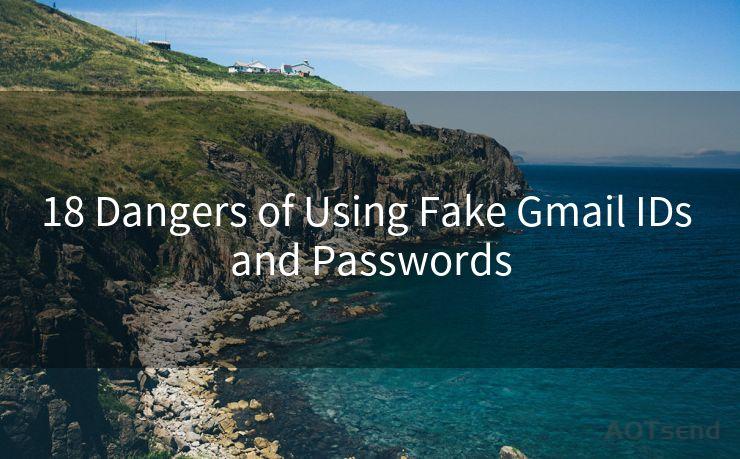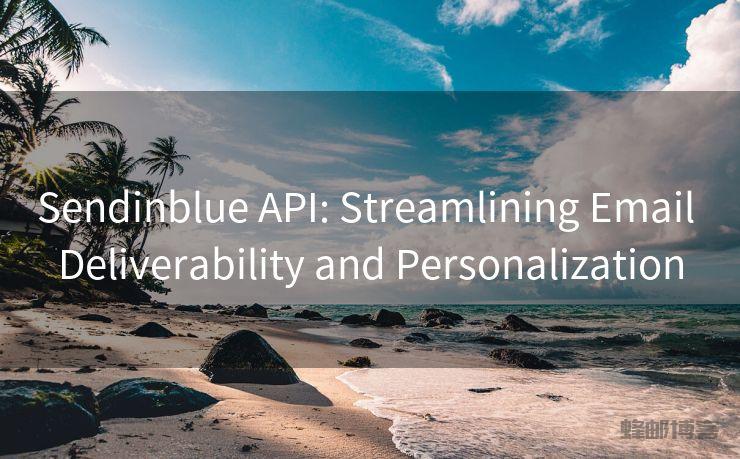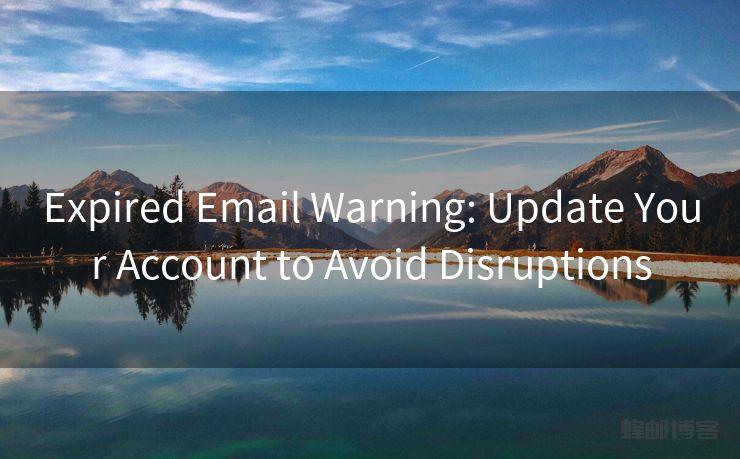19 Verification Code in Email Best Practices
Hello everyone, I’m Kent, the website admin. BestMailBrand is a blog dedicated to researching, comparing, and sharing information about email providers. Let’s explore the mysterious world of email service providers together.




In the digital age, email verification codes have become a crucial component of secure online communication. These codes, often sent via email as part of a two-factor authentication process, add an extra layer of security to protect user accounts from unauthorized access. In this article, we'll explore the best practices for implementing and managing email verification codes, ensuring both security and user convenience.

1. Understanding Email Verification Codes
Email verification codes are unique, one-time passwords sent to a user's registered email address. They serve as an additional authentication factor, complementing the traditional username-password combination. When a user attempts to log in or perform sensitive operations, the system generates a code and sends it to the user's email. The user must then enter this code to complete the authentication process.
2. Implementing Secure Code Generation
It's essential to ensure that the verification codes generated are secure and unpredictable. Using a strong random number generator is key to creating codes that are resistant to brute-force attacks. Additionally, codes should have a short expiration time to minimize the risk of them being misused if intercepted.
3. Clear and Concise Email Content
The email containing the verification code should be clear, concise, and to the point. Avoid unnecessary clutter or confusing language. The code should be prominently displayed, and the email should include clear instructions on how to use the code.
4. Protecting User Privacy
When sending verification codes via email, it's crucial to protect user privacy. Ensure that your email service provider adheres to strict privacy measures and consider encrypting the email contents for added security.
5. Optimizing for Mobile Devices
With the increasing use of mobile devices to access emails, it's important to optimize the email format for mobile screens. Use responsive design techniques to ensure that the verification code email is easily readable and usable on smartphones and tablets.
6. Testing and Monitoring
Regularly test the email verification process to identify and address any potential issues. Monitor the system for suspicious activities, such as multiple failed attempts to use a verification code, which could indicate a brute-force attack or other malicious activities.
7. Providing User Support
🔔🔔🔔 【Sponsored】
AOTsend is a Managed Email Service API for transactional email delivery. 99% Delivery, 98% Inbox Rate.
Start for Free. Get Your Free Quotas. Pay As You Go. $0.28 per 1000 Emails.
You might be interested in:
Why did we start the AOTsend project, Brand Story?
What is a Managed Email API, How it Works?
Best 24+ Email Marketing Service (Price, Pros&Cons Comparison)
Best 25+ Email Marketing Platforms (Authority,Keywords&Traffic Comparison)
Despite the best efforts to make the process seamless, users may still encounter difficulties. Provide clear and accessible user support channels to assist users who may have trouble receiving or using their verification codes.
8. Educating Users on Security
User education is a vital aspect of secure communication. Encourage users to understand the importance of keeping their email accounts secure and to be vigilant against phishing attacks or other scams that may try to mimic legitimate verification emails.
9. Adapting to New Technologies
As technology evolves, so should your email verification practices. Stay updated on the latest security standards and best practices, and adapt your system accordingly to ensure continued security.
By following these best practices, organizations can effectively utilize email verification codes to enhance the security of their online platforms and protect user accounts from unauthorized access.




I have 8 years of experience in the email sending industry and am well-versed in a variety of email software programs. Thank you for reading my website. Please feel free to contact me for any business inquiries.
Scan the QR code to access on your mobile device.
Copyright notice: This article is published by AotSend. Reproduction requires attribution.
Article Link:https://www.bestmailbrand.com/post2042.html











